Business
DOGE discovers $4.7T in untraceable U.S. Treasury payments
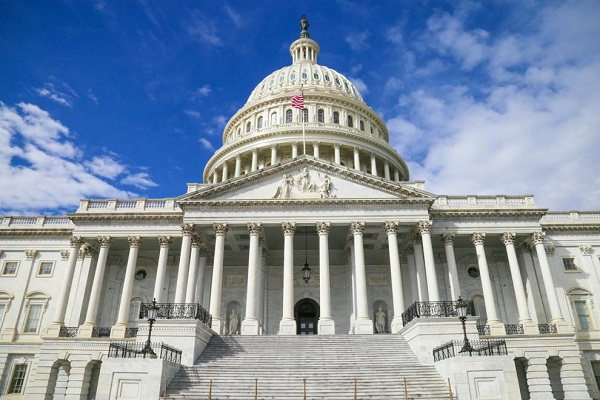
 MxM News
MxM News
Quick Hit:
The Department of Government Efficiency (DOGE), established under President Donald Trump, has discovered that nearly $4.7 trillion in U.S. Treasury payments were processed with an optional, often blank identification code—making them nearly impossible to track. The revelation has prompted immediate changes to federal financial reporting, mandating full transparency on these transactions moving forward.
Key Details:
- DOGE found that the Treasury Access Symbol (TAS), a key financial identifier, was frequently left blank in transactions totaling $4.7 trillion.
- The Trump administration’s watchdog agency worked with the U.S. Treasury to close this loophole, making the TAS field mandatory for all federal payments.
- DOGE continues to uncover and eliminate government waste, already reporting an estimated $55 billion in taxpayer savings through spending cuts and contract renegotiations.
Diving Deeper:
The Department of Government Efficiency (DOGE), spearheaded by Elon Musk under President Donald Trump’s administration, has made a bombshell discovery regarding federal spending. According to the agency, $4.7 trillion in payments were funneled through the U.S. Treasury without clear tracking due to an often-missing Treasury Access Symbol (TAS). This identifier, which links government expenditures to specific budget items, was optional in the federal system—resulting in payments that were nearly impossible to trace.
DOGE announced the finding on X, explaining that the TAS field has now been made mandatory for all federal payments. “As of Saturday, this is now a required field, increasing insight into where money is actually going,” the agency stated. This change is expected to bring a new level of transparency to federal finances, ensuring that taxpayer dollars are properly accounted for.
The revelation coincides with DOGE’s broader mission to root out wasteful government spending. Since its creation via executive order, the agency has reported $55 billion in estimated savings, achieved through fraud detection, renegotiations of contracts, and regulatory cuts. The agency is also working to make its cost-cutting measures fully transparent, committing to updating its financial data twice per week with the goal of transitioning to real-time reporting.
Musk’s leadership at DOGE has sparked both praise and controversy. While conservatives applaud the agency’s aggressive stance on reducing bloated government programs, critics—particularly among Democrats—have raised concerns over its authority to access federal data and cancel government contracts. Attorneys general from 14 states have filed a lawsuit aiming to block DOGE from federal systems, arguing that its executive authority over financial oversight is an overreach.
Despite legal challenges, DOGE recently won a key court battle, with a federal judge in Washington declining to temporarily block its access to sensitive data from several agencies, including the Departments of Labor and Health and Human Services. This ruling is seen as a green light for the Trump administration’s cost-cutting mission to continue.
With the U.S. national debt at record highs, DOGE’s latest discovery raises serious questions about past government financial management. The $4.7 trillion in untraceable payments underscores why the agency was created in the first place—and why Washington’s establishment has resisted its oversight.
Business
Senator wants to torpedo Canada’s oil and gas industry
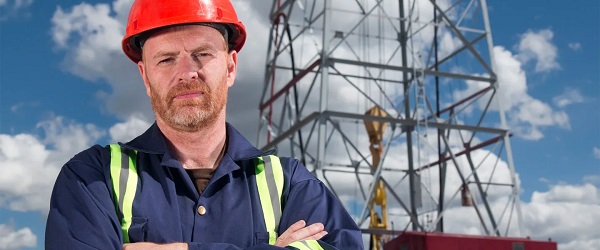
From the Fraser Institute
Recently, without much fanfare, Senator Rosa Galvez re-pitched a piece of legislation that died on the vine when former prime minister Justin Trudeau prorogued Parliament in January. Her “Climate-Aligned Finance Act” (CAFA), which would basically bring a form of BDS (Boycott, Divestment, and Sanctions) to Canada’s oil and gas sector, would much better be left in its current legislative oblivion.
CAFA would essentially treat Canada’s oil and gas sector like an enemy of the state—a state, in Senator Galvez’ view, where all values are subordinate to greenhouse gas emission control. Think I’m kidding? Per CAFA, alignment with national climate commitments means that everyone engaged in federal investment in “emission intensive activities [read, the entire oil and gas sector] must give precedence to that duty over all other duties and obligations of office, and, for that purpose, ensuring the entity is in alignment with climate commitments is deemed to be a superseding matter of public interest.”
In plain English, CAFA would require anyone involved in federal financing (or federally-regulated financing) of the oil and gas sector to divest their Canadian federal investments in the oil and gas sector. And the government would sanction those who argue against it.
There’s another disturbing component to CAFA—in short, it stacks investment decision-making boards. CAFA requires at least one board member of every federally-regulated financial institution to have “climate expertise.” How is “climate expertise” defined? CAFA says it includes people with experience in climate science, social science, Indgineuous “ways of knowing,” and people who have “acute lived experience related to the physical or economic damages of climate change.” (Stacking advisory boards like this, by the way, is a great way to build public distrust in governmental advisory boards, which, in our post-COVID world, is probably not all that high. Might want to rethink this, senator.)
Clearly, Senator Galvez’ CAFA is draconian public policy dressed up in drab finance-speak camouflage. But here’s what it would do. By making federal investment off-limits to oil and gas companies, it would quickly put negative pressure on investment from both national and international investors, effectively starving the sector for capital. After all, if a company’s activities are anathema to its own federal regulators or investment organs, and are statutorily prohibited from even verbally defending such investments, who in their right minds would want to invest?
And that is the BDS of CAFA. In so many words, it calls on the Canadian federal government to boycott, divest from, and sanction Canada’s oil and gas sector—which powers our country, produces a huge share of our exports, and employs people from coast to coast. Senator Galvez would like to see her Climate-Aligned Finance Act (CAFA) resurrected by the Carney government, whose energy policy to-date has been less than crystal clear. But for the sake of Canadians, it should stay dead.
Automotive
Opposition Conservatives fail in attempt to “Pull the Plug” on Carney’s Electric Vehicle Mandate
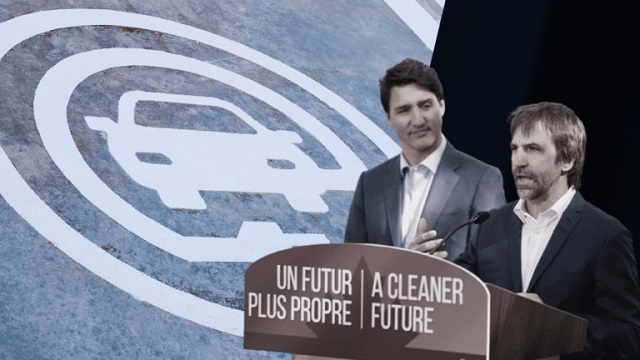
From Conservative Party Communications
After a Lost Liberal Decade of rising costs and slow growth, Mark Carney wants you to think his government has moved on from Justin Trudeau’s failed policies.
Unfortunately for Canadians, Carney has no interest in scrapping one of his predecessor’s most reckless and costly ideas: a zero-emissions vehicle (ZEV) mandate starting next year that will ultimately ban Canadians from buying gas-powered cars by 2035.
As the required percentage of ZEV sales increases each year, the government wants to force manufacturers and importers to buy costly credits of up to $20,000 for every EV they are short of the Liberals’ quota – a huge expense that will ultimately be passed on to, and paid by Canadian consumers.
That’s why Conservatives have introduced a motion to end this harmful scheme, ensuring Canadians can continue to buy the kind of car they need at a price they can afford.
EVs are great for many families, who should always be free to purchase the vehicle of their choice. But for many Canadians – who live in cold environments or travel long distances – they can be practically useless, especially without the infrastructure to power them.
One government report estimated that changes to Canadian infrastructure required to support a transition to ZEVs could cost up to $300 billion by 2040. On top of the costs already imposed on manufacturers and buyers, this policy will require billions in new tax dollars and government debt.
No wonder one 2024 survey found two thirds of Canadians find the 2035 target is unrealistic.
As unjust tariffs threaten an automotive sector which contributes billions to our GDP, the Liberals continue to put their elitist, top-down ideology ahead of the livelihoods of hundreds of thousands of proud Canadian workers.
While Carney talks about change, Conservatives are here to deliver. That’s why we’re fighting to repeal the ZEV mandate, scrap the industrial carbon tax and cancel Liberal fuel standards. We trust Canadians – not Ottawa’s Liberal elite – to make the best decisions for themselves and their families.
It’s time to put Canadians back in the driver’s seat.
-

 Alberta2 days ago
Alberta2 days agoCentral Alberta MP resigns to give Conservative leader Pierre Poilievre a chance to regain a seat in Parliament
-

 Alberta2 days ago
Alberta2 days agoCalls for a new pipeline to the coast are only getting louder
-
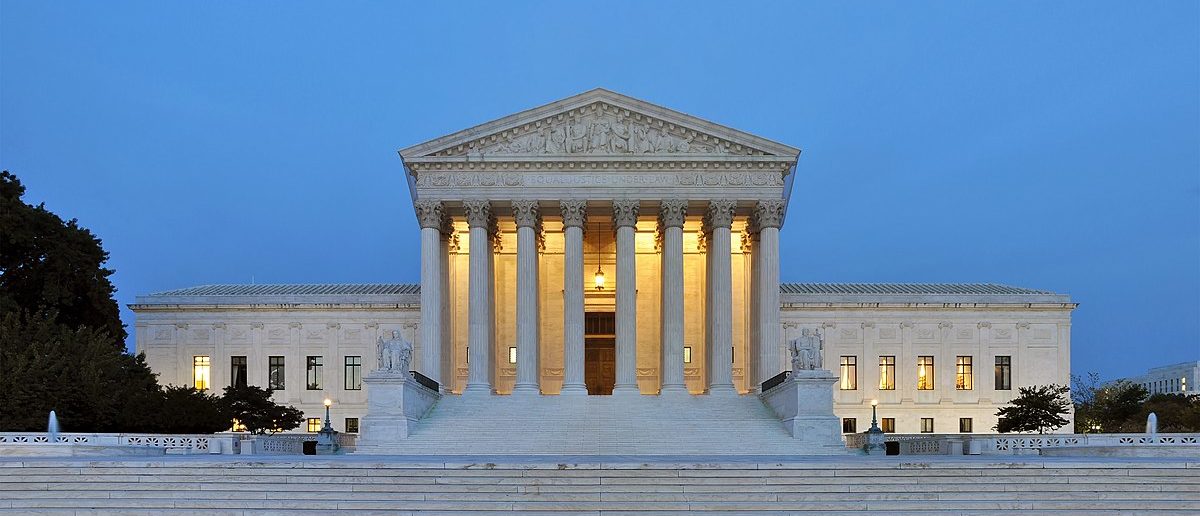
 Daily Caller15 hours ago
Daily Caller15 hours agoUnanimous Supreme Court Ruling Inspires Hope For Future Energy Project Permitting
-
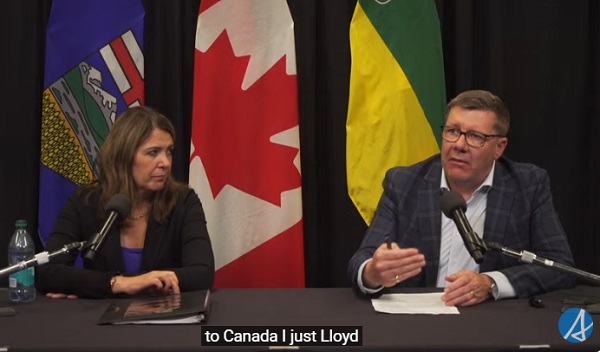
 Alberta1 day ago
Alberta1 day agoUnified message for Ottawa: Premier Danielle Smith and Premier Scott Moe call for change to federal policies
-

 Alberta2 days ago
Alberta2 days agoAlberta pro-life group says health officials admit many babies are left to die after failed abortions
-

 Daily Caller2 days ago
Daily Caller2 days ago‘Not Held Hostage Anymore’: Economist Explains How America Benefits If Trump Gets Oil And Gas Expansion
-
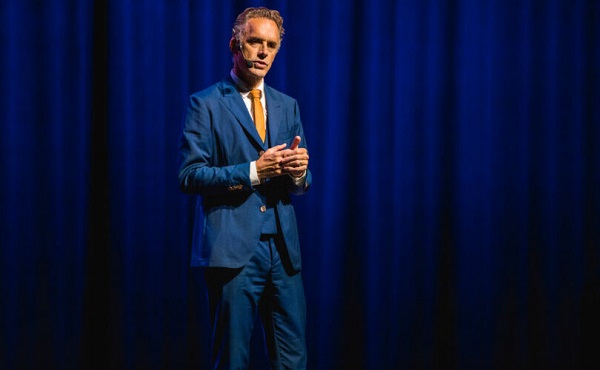
 Censorship Industrial Complex1 day ago
Censorship Industrial Complex1 day agoJordan Peterson reveals DEI ‘expert’ serving as his ‘re-education coach’ for opposing LGBT agenda
-

 Business2 days ago
Business2 days agoRhetoric—not evidence—continues to dominate climate debate and policy


